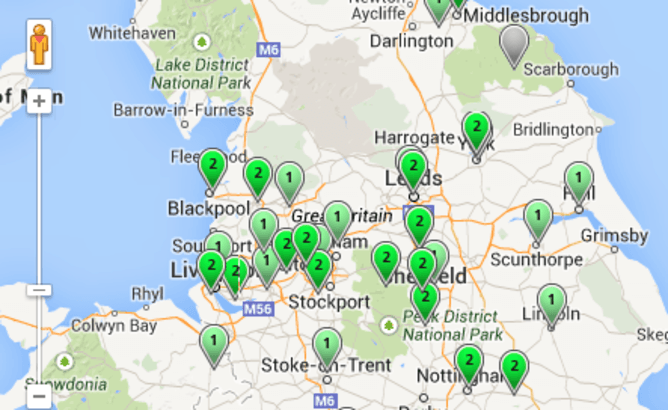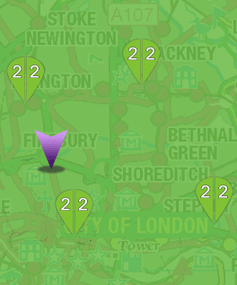Despite this very real, very widespread risk, the quality of air we breathe doesn’t seem to attract the same level of concern that health crises such as obesity or smoking do. But this is a universal risk that impacts us in every breath we take.
When such a fundamental human resource is at risk, we cannot afford to be ambivalent. We should invest in information technology that will enable smarter decisions, better planning and greener cities. It’s not enough to simply try to encourage improved individual behaviour. Air pollution, monitoring and planning needs national and international investment and attention.
Smart thinking
The evidence is clear. At present, many of the world’s cities are unable to comply with air pollution standards, in many cases far exceeding them and resulting in millions of premature deaths.
Technology companies, universities and start-ups across the world are working to bring futuristic smart cities to life. Whether it’s automatic transportation infrastructure or digital government systems, this concept is spawning great ideas to improve our lives through the use of data and technology. But in the race to transform our cities, we need to ensure these smart systems enable our smarter lives to be longer lives, and by putting data to use we can help combat the ill-effects of bad air.
It all starts with data. Scientists of course love data, but so do the public when they can discern real benefits from its results. There are a number of air monitoring systems in place in the UK already, such as Defra’s Automatic Urban and Rural Networkof over 175 monitoring sites across the UK. This is an example of a traditional fixed monitoring station.

But what if you live in north Wales? Defra
Likewise, several air pollution monitoring stations are run in the US under the umbrella of US Environmental Protection Agency to maintain and preserve the quality of the nation’s air.
Unfortunately these kinds of stations are expensive to install and maintain, which rather defeats the purpose of supposedly sustainable smart infrastructure. Also, such systems often only provide a snapshot of a particular area and miss some pollution hotspots within city environments.
However, there are already projects that show the potential for small, low-cost air sensing networks and demonstrate how the public could tap into this data to make a real impact on individual lives. Air Quality Egg is a community-led air quality sensing network for urban air pollution, driven by inexpensive, DIY sensors. Similarly, Airtext provides daily forecasts of air quality in London.

A good day to be a Londoner. AirText
On a small-scale these allow the public to make informed health decisions by avoiding areas of high pollution. Our latest work has looked at the future of low-cost sensing for managing air pollution in cities and how agencies can benefit from such inexpensive monitoring alternatives.
Quite simply, the expansion of data projects such as these could save lives.
Power to the people
The UK’s Environmental Audit Committee has argued for schools, hospitals and care homes to be built away from pollution hotspots. I would agree, and take this further, giving the public open and accurate data on how their own homes are affected by air pollution, based on a smart system of low-cost monitoring. This not only gives the option for people to consider where to live, but also provides individual impetus for understanding and acting on potentially polluting behaviour.
More widely this kind of open data gives governments a reason to act. Smart cities also mean smart citizens, involved and in-touch with the facts. Where the facts show our health is at risk, governments will no longer be able to hide behind smokescreens, but will have to act on the data which is at all our fingertips.
This post originally appeared on The Conversation.










